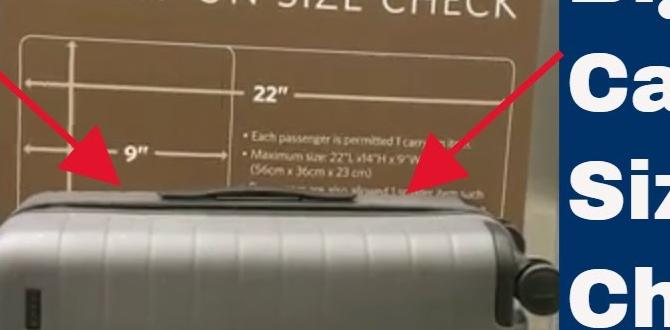When travelling, most people carry a backpack in addition to their luggage. While a backpack may be convenient, carrying it around for extended periods of time can be tiring and uncomfortable.
That’s where attach backpack to luggage comes in handy. By doing so, you can easily transport your backpack and luggage without worrying about the discomfort of carrying them separately. There are various ways to attach a backpack to luggage, depending on your type of luggage and backpack. Some methods use straps or hooks, while others need to attach a special backpack to the luggage.
Regardless of the method, attaching your backpack to your luggage can help make your travels more comfortable and convenient. By doing so, you will be able to move around your luggage easily without worrying about the weight of your backpack pulling you down.
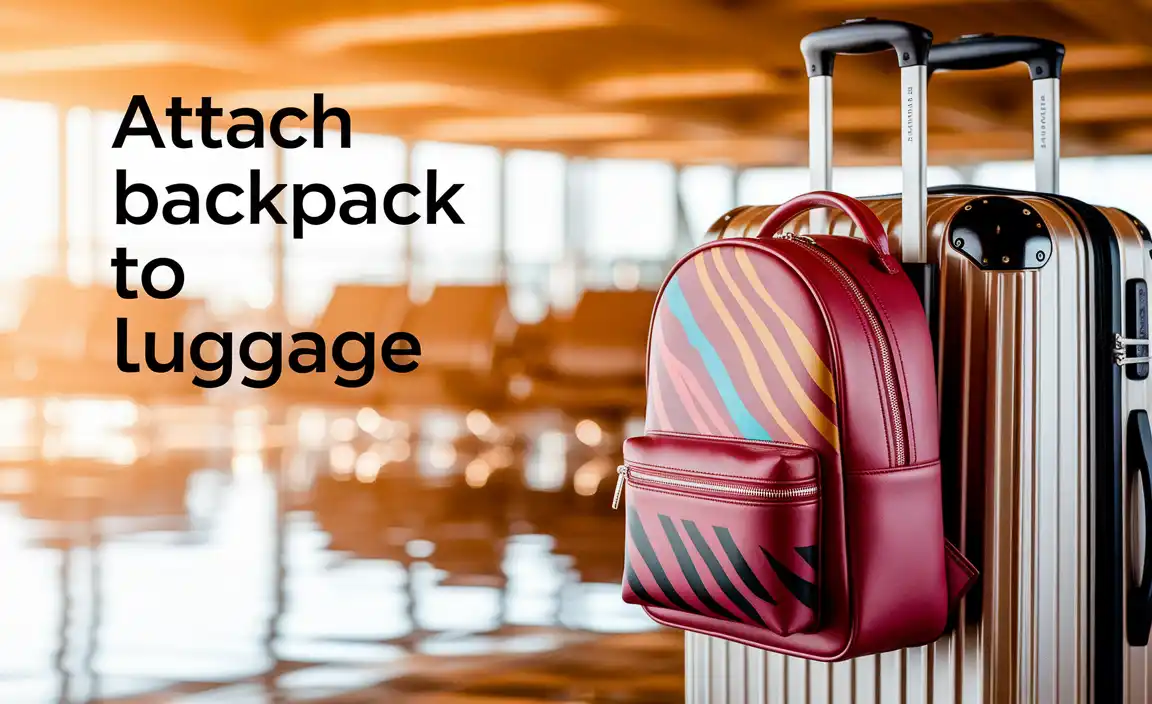
Types Of Backpacks That Can Be Attached To Luggage
Designers have created several backpacks that attach to luggage, making them more convenient for travellers. We design these backpacks to make travelling with luggage more manageable and to keep your belongings organized during your journey.
Before purchasing a backpack, ensure it is compatible with your specific luggage and meets your travel needs. These backpacks often come with features that allow them to securely and easily attach to the handle or the top of a suitcase or rolling luggage. Here are some common types:
- Trolley Backpacks: These backpacks have a sleeve or a strap on the back that can slide over the handle of a rolling suitcase, allowing you to stack the backpack on top of the luggage securely.
- Convertible Backpacks: You can transform them into a trolley bag by revealing hidden wheels and a retractable handle, essentially converting them into rolling luggage.
- Attachable Daypacks: Some companies design travel backpacks with a smaller detachable daypacks that users can easily attach to the front or top of the main backpack. You can also secure this daypack to the suitcase handle for added convenience.
- Strap-On Backpacks: These backpacks have external straps or buckles that you can use to attach to the top of a suitcase.
- Backpacks with Sleeve: Certain backpacks have a dedicated sleeve on the back panel that can slip over the rolling luggage handle, providing a secure attachment.
- Modular Backpack Systems: These are more advanced travel systems that include multiple components, such as a main backpack, a daypack, and additional pouches. You can connect them together and to luggage in various configurations.
How To Attach Backpack To Luggage – Simplify Your Next Trip
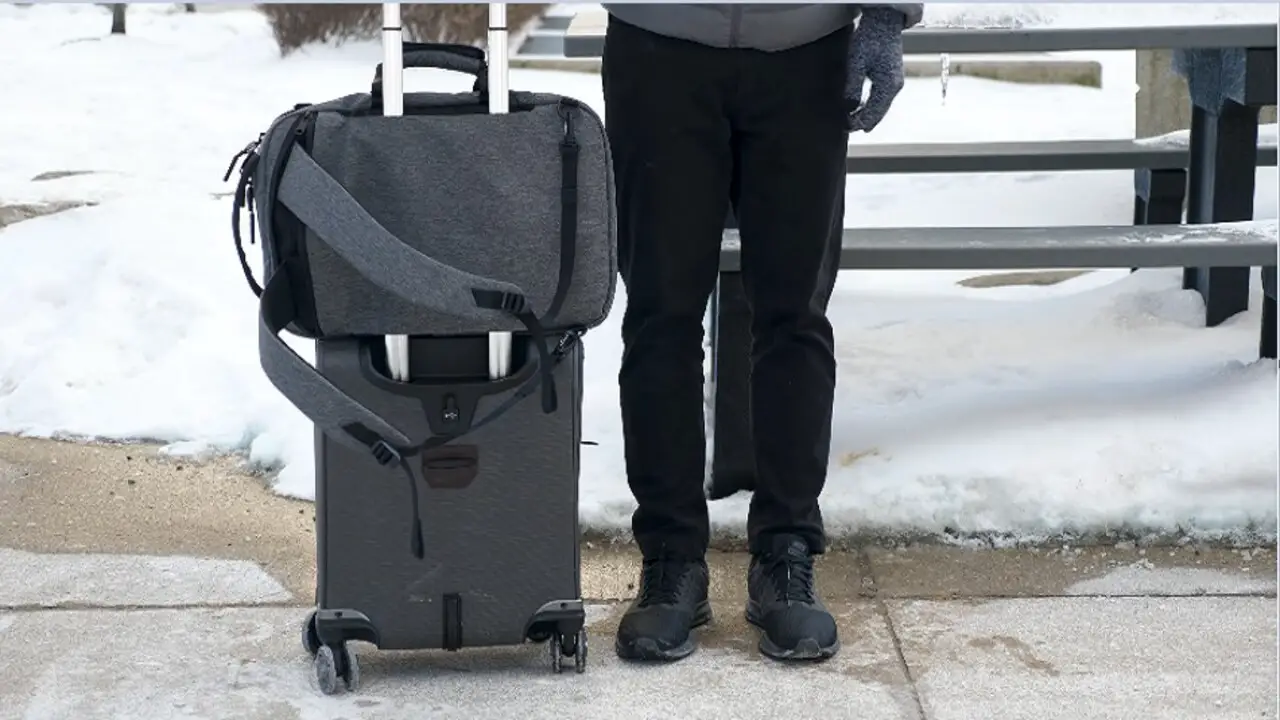
Attaching a backpack to your luggage can make travelling easier and more convenient. You can free up your hands, reduce your back and shoulders strain, and keep your belongings organized and accessible. However, you must follow some steps to ensure your backpack is attached securely and safely. Here are some tips on how to attach backpack to luggage.
Choose The Right Backpack And Luggage
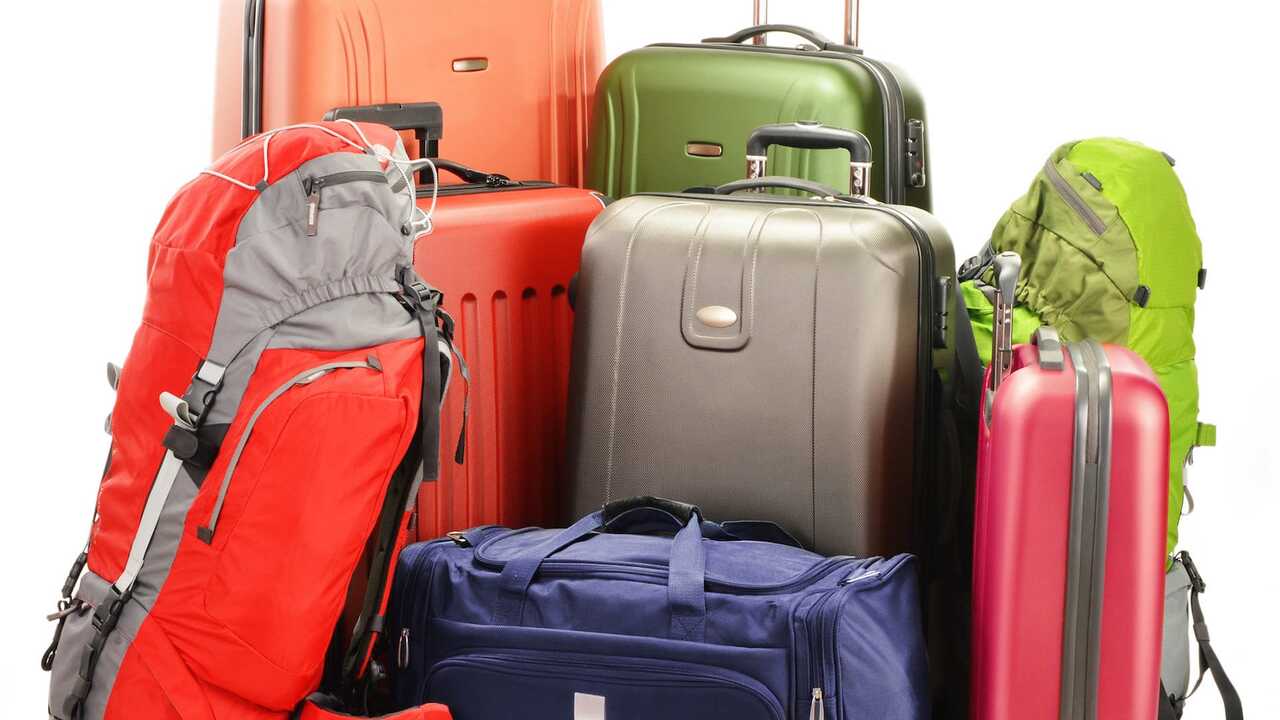
Not all backpacks and luggage are compatible with attaching. You need to choose a backpack with straps that can be adjusted or detached and luggage with a handle and a pass-through slit on the back.
The pass-through slit is a horizontal opening that allows you to slide the backpack’s straps through it and secure them to the handle. The size and weight of the backpack should also match the luggage so that they don’t tip over or cause damage.
Empty Your Backpack And Luggage
Before attaching your backpack to your luggage, you should empty both of them of any items that might get in the way or fall out. You should also remove loose or dangling accessories from your backpack, such as keychains, tags, or charms. This will prevent the straps or the handle from catching or tangling them.
Locate The Backpack’s Straps
Depending on your backpack type, you may need to adjust or detach the straps before attaching it to your luggage. Some backpacks tuck away or zip up straps inside a compartment, while others allow you to unclip or unbuckle the straps from the bottom. You should locate the straps and ensure they are long enough to go through the pass-through slit on your luggage.
Open The Luggage’s Handle And Find The Pass-Through Slit
Next, you should open the handle of your luggage and extend it to its full length. You should also find the pass-through slit on the back of your luggage. It is usually located near the bottom or the middle of the luggage, and it may have a zipper or a flap to cover it. You should unzip or open the slit and ensure it is wide enough for your backpack’s straps.
Thread The Backpack’s Straps Through The Pass-Through Slit
Now, you can thread the backpack’s straps through the pass-through slit on your luggage. With the back facing you, you should hold your backpack in front of your luggage. Then, you should slide one strap through the slit from left to right and the other from right to left. You should make sure that both straps are flat and not twisted.
Adjust The Length Of The Backpack’s Straps
After threading the straps through the slit, you should adjust their length to fit your luggage. You can do this by pulling or loosening the straps until they are snug around the handle of your luggage. You should also ensure no excess slack or dangling fabric in the straps.
Secure The Backpack’s Straps To The Luggage
Secure your backpack’s straps to your luggage to prevent sliding off or moving around. You can do this by clipping or buckling them together at the top or using a carabiner or a Velcro strap to fasten them. Check if your backpack has additional straps or hooks to attach to your luggage for extra stability.
Ensure The Backpack Is Balanced And Secure
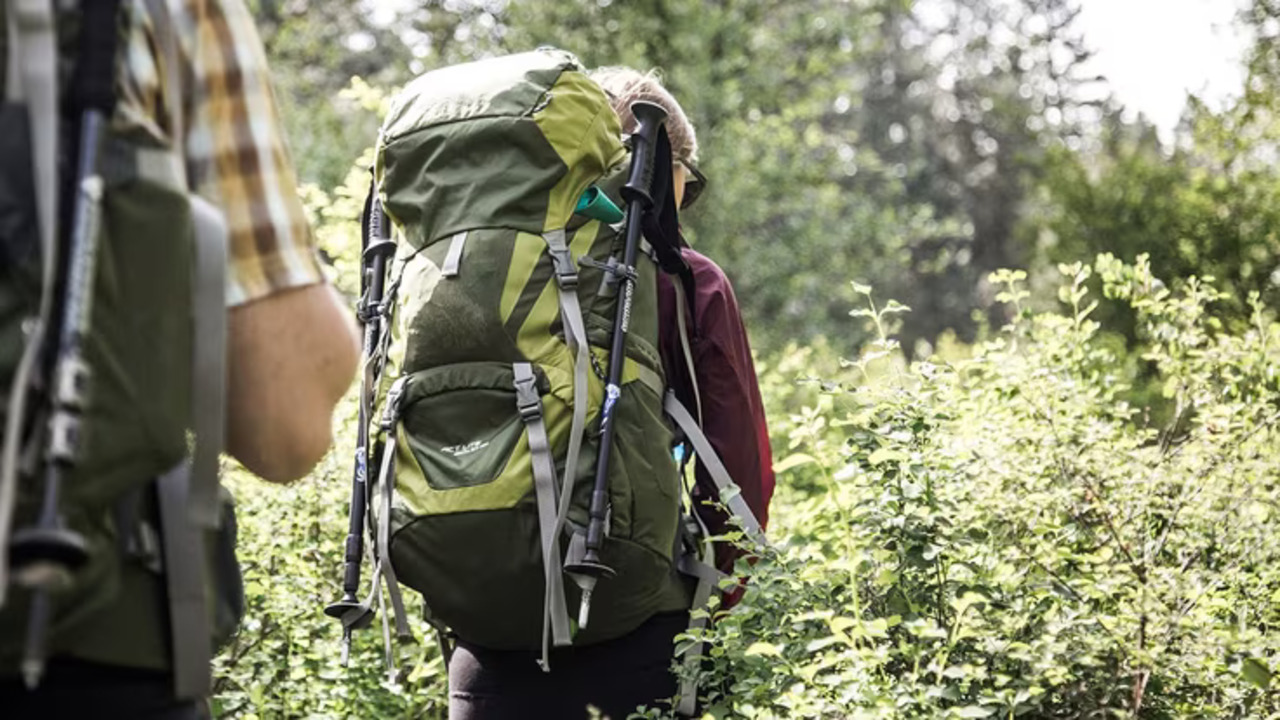
Once you have secured your backpack’s straps to your luggage, you should ensure it is balanced and secure. You can lift your luggage slightly off the ground and check if it tilts or wobbles. Also, check if your backpack is centred on your luggage and not too high or too low. You can adjust its position by sliding it up or down along the handle if necessary.
Test The Backpack And Luggage Combination
Finally, you should test your backpack and luggage combination before heading out. You can do this by rolling your luggage around and seeing how it handles. You should also try turning, stopping, and lifting your luggage to see if it feels comfortable and stable. If you encounter any problems or issues, you can fix them by repeating the previous steps.
Common Mistakes To Avoid When Attaching A Backpack To Luggage
Attaching a backpack to your luggage can be a simple and convenient way to travel, but it can also cause problems if done incorrectly. Here are some common mistakes to avoid when attaching a backpack to luggage:
- Attaching a backpack that is too big or too heavy for your luggage. This can cause your luggage to tip over, drag on the ground, or damage its wheels.
- Attaching a backpack that is too small or too light for your luggage. This can cause your backpack to bounce around, slip off, or get lost.
- Attaching a backpack that has sharp or fragile items inside. This can cause damage to your backpack, your luggage, or other people’s belongings.
- Attaching a backpack that has valuables or important documents inside. This can make them vulnerable to theft, loss, or damage.
- Attaching a backpack that has liquids or gels inside. This can cause spills, leaks, or security issues.
- Attach a backpack with no straps or luggage with no handle or slit. This can make it impossible to attach them securely and safely.
Conclusion
Attach backpack to luggage can be a convenient and efficient way to transport your belongings. It eliminates the need for carrying multiple bags separately, freeing up your hands and reducing the likelihood of misplacing or losing items.
However, it is important to ensure that the weight distribution is balanced and that the backpack is securely fastened to the luggage to prevent it from falling or shifting during transport.
Additionally, checking with your airline or transportation provider beforehand is recommended to ensure that such a configuration is allowed. Attaching your backpack to your luggage can be a practical solution for those looking to simplify their travel experience, but it should be done with caution and care.
FAQ’s
[rank_math_rich_snippet id=”s-a19d3ae5-3dcb-493a-85fd-3525081ced7a”]





